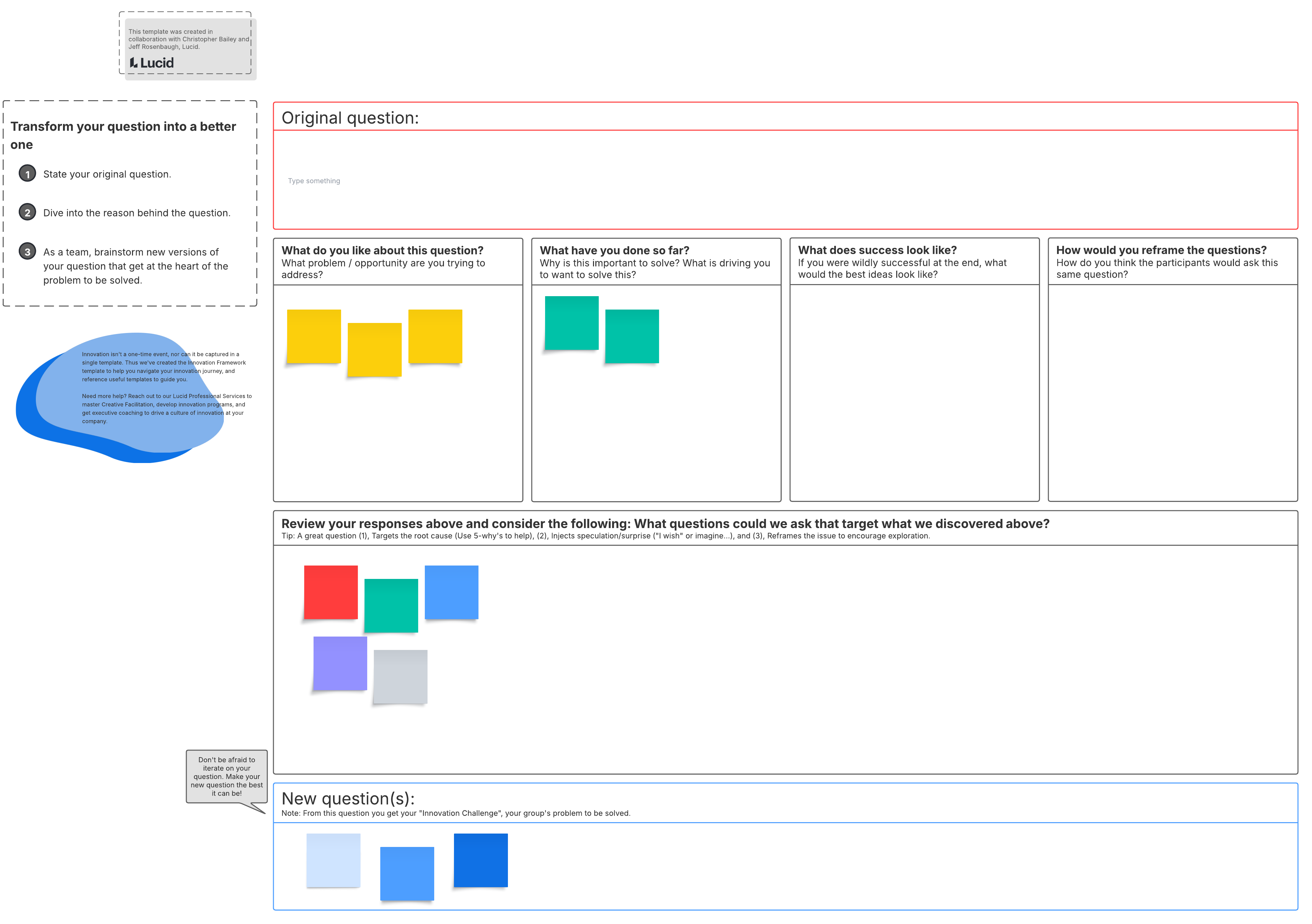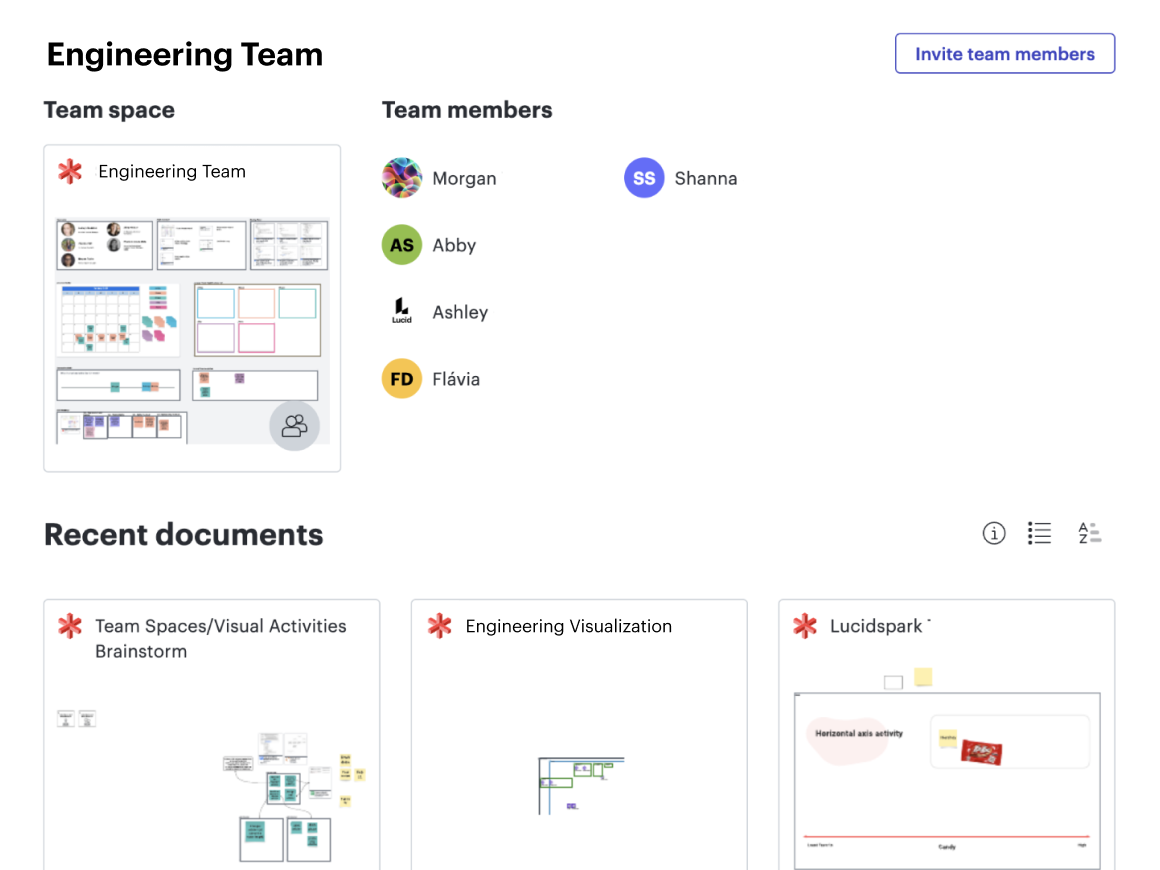
How to create a culture of innovation in the workplace
Reading time: about 11 min
Topics:
How can companies create a culture that encourages innovation on a consistent basis?
For tech industry leaders like Apple, Alphabet, Microsoft, and Samsung, serial innovation doesn’t just happen by chance. It’s a result of realizing the need for a fine-tuned innovation culture to identify emerging trends and business opportunities first and then develop those ideas at scale.
With a culture of innovation in place, businesses are equipped to produce breakthrough services and deliver incremental improvements to existing products that provide high value for consumers.
Where cultural innovation really succeeds is by capitalizing on the creativity, curiosity, and decision-making of every employee.
So, how can you cultivate innovation at your workplace? Use these tips to create an innovation culture at every level of your organization.
What is an innovation culture?
An innovation culture can be described as a work environment where unconventional thinking and the democratization of ideas are welcomed, encouraged, and applied. A culture of innovation looks to everyone to contribute, whether it’s the CEO or a summer intern.
Every team member in an innovative organization is considered capable (and often expected) of making suggestions for improvement, offering impromptu critiques, and championing change.
Ideally, an innovative culture is composed of different people from all backgrounds and walks of life. Bringing employees together from different disciplines and departments to work as a team can prove helpful in challenging the status quo and breaking away from predictable ways of thinking. A culture of innovation also fosters key characteristics such as curiosity, respect, integrity, and determination.
Benefits of creating a culture of innovation
An innovation culture isn’t just something shiny to point to in board meetings or annual reports–it can have real positive impacts on your business.
Creating a culture of innovation can:
-
Drive business growth.
-
Boost employee engagement.
-
Increase competitive advantage.
-
Establish a cycle of continuous improvement.
-
Support diversity in the workplace.
-
Attract and retain top talent.
-
Increase productivity and efficiency.
But creating a culture that encourages innovation doesn’t happen overnight.
How can companies foster the generation of new ideas?
In theory, harnessing the power of cultural innovation seems easy enough. You could simply go ahead and let everyone start churning out concepts one after another in stream-of-consciousness thought.
But it doesn’t happen like that. Giving people the freedom to innovate involves more intention and structure.
For one, it helps to provide your team with the right tools. An innovative organization often relies on open, collaborative work environments to promote creativity and foster collaboration.
Visual collaboration platforms like Lucid let team members come together to capture thoughts and ideas in real time, whether you’re all together in person or working in a hybrid environment. A visual collaboration solution also helps people participate and contribute their ideas no matter their collaboration style.
With Lucid, it’s easy to facilitate brainstorming sessions, which act as launchpads for innovation. Dividing larger groups up into smaller ones makes it easier for people to collaborate. Plus, you don't have to start from scratch. Save time by using one of Lucid’s many free brainstorming templates.
Of course, establishing this culture of innovation goes far beyond the work environment itself. An innovative organization must pay attention to how its brainstorming meetings are conducted. Leaders should embolden employees and teams to think through their concepts, welcoming any and all ideas. In these early stages of ideation, it doesn’t matter if every idea is good or not, it’s more about exhausting every possibility.
Tips for creating a culture of innovation
For an innovation culture to take root, an organization needs strategic approaches to inspire its people to embrace technology, spark their curiosity and passion for knowledge, and ease barriers in the creative process.
When learning how to create a culture of innovation, some lessons will feel intuitive. Other lessons will be less obvious. But in any case, it will prove useful to apply the following innovative values.
Manage and connect silos
Rigid hierarchies tend to dampen creativity. Someone on the team might get inspired to pursue an idea outside of their field of expertise or role within the overall organizational structure. Once employees begin to feel resistance or a lack of support from leadership, the path to innovation is lost.
People with a growth mindset—those who are quick to develop new abilities, value the pursuit of knowledge wherever it leads, and express initiative—should be given latitude, not have their creativity stifled.
For such individuals to boldly solve problems, chart new courses, and work on important issues, silos should be managed and connected within a culture of innovation. Silos, when managed efficiently, help reduce complexity and enable teams to remain nimble.
Managing silos begins with a company culture that prioritizes individual ownership and autonomy. When team members are invited to behave like entrepreneurs or owners, outcomes naturally span silos as communication and collaboration are strengthened. In fact, thinking like a venture capitalist to connect and secure resources is one of the essential attributes to innovation teams.
Changing roles, wearing different hats, or taking on a variety of responsibilities is encouraged when silos are connected within a corporation. Cross-functional collaboration should be fostered as well all across the company and it’s important to facilitate connection between teams. This encouragement is also what makes an innovation culture so resilient.

The attributes your innovation team needs
Learn the four essential attributes that every innovative employee should have.
Read moreEncourage employees to ask questions
Another key aspect of creating a culture of innovation is to make the workplace a safe place for asking questions. Being inquisitive is something that should be normalized and rewarded within an innovative organization. Plus, every all-hands meeting should include time for a Q&A session.
Other ways to make a corporate environment more open and conducive to asking questions are to:
-
Offer weekly or monthly AMA (ask me anything) sessions hosted by company leaders.
-
Declare a no-repercussion policy to let employees feel safe about asking questions.
-
Withhold judgment and resist knee-jerk responses to difficult or in-depth questions.
-
Make a point to always follow up or give updates on questions from past meetings.
-
Incentivize asking questions with contests or rewards.
The more questioning becomes part of the work environment, the sooner it will become a habit among employees. To keep Q&A sessions informative, productive, and proactive, the questions being asked should focus on achieving a desired outcome or tackling a genuine concern.
By using a visual collaboration platform, you can encourage employees to ask questions and be more innovative in their roles. With visual collaboration, people can add sticky notes and even contribute asynchronously, making it easier to pose questions without necessarily having to speak in front of everyone.

Provide a way for people to voice ideas
Within an innovative culture, it’s a given that every employee has the potential for creating new ideas, and that potential can be developed over time with the right amount of encouragement.
The ability of team members to voice their ideas is something valued in a culture of innovation because an innovative organization understands the reciprocal nature of the work relationship. It’s more than employees putting in their time or companies only offering pay for hours worked. People want to feel valued and supported by their employers and free to express opinions or ideas.
Who better to identify outdated processes or areas needing improvement than the employees on the frontlines? People in an innovative organization feel empowered to voice their ideas and make basic changes to help improve quality, productivity, or perhaps their own job satisfaction.
The reason employees hesitate to speak up and share their thoughts isn’t out of fear, but rather they don’t have trust in management to listen and take the necessary steps for change. Implementing an innovation framework helps companies provide structure for the entire innovation process, giving employees the tools they need to voice and explore their ideas. An innovation framework also helps you naturally create a document repository of all innovative ideas and learnings.
Don’t just ignore employees' ideas. Whenever possible, keep your people in the loop and provide structure for them to be able to explore their curiosity every step of the way. If someone’s idea results in an innovation, credit them for the suggestion.

How to use an innovation framework
Turn your ideas into action by following an innovation framework.
Learn moreKeep open communication
So far, your people are connecting silos, they’re asking questions, and feeling comfortable with voicing their ideas. But if you’re really planning to keep everyone on the same page while building your flourishing culture of innovation, the lines of communication must be kept open.
Open communication requires systems that promote collaboration and the steady exchange of ideas. This can mean daily standup meetings, weekly gatherings, group emails, or a dedicated Slack channel that allows everyone to contribute to the conversation. In Lucid, you can create a centralized team space for people to come together and collaborate or get information. Use team hubs to keep open communication with your team and stay aligned on ideas, projects, and more.

After all, innovation doesn’t happen in a vacuum. An innovative organization will thrive if its employees keep the conversation going and don’t hold back on sharing information.
Remember, however, that technology alone cannot solve the problem of keeping communication open. More often, it comes down to strong and fulfilling work relationships. The resulting psychological safety and trust between team members who enjoy working together is critical to a culture of innovation.
Set objectives
Within a culture of innovation, there’s a paradoxical truth to how employee objectives are set. For one, each goal should be clear enough to keep team members aligned. Two, the process should be loose enough for team members to exercise autonomy in how a goal is reached.
It’s in the autonomy to set (and achieve) one’s objectives that innovation routinely happens.
Leaders are expected to clarify the organization's overarching goals to help employees set their objectives. Whether reducing costs for an existing product or coordinating the launch of a new service, each employee should be able to clearly understand how their efforts contribute to achieving the larger goals.

Transform your team with a strong vision
Align on organizational and team-level visions to keep your team engaged while innovating.
Learn moreReward failure and success
If you spend enough time in any innovative organization, one thing is certain: Not every idea is a winner. But a culture of innovation acknowledges the inherent value in every failure.
If you want your team to embrace the innovation culture mindset, demonstrate the importance of every contribution being made, even if things don’t work out as planned. A culture of innovation is a system created to support the company’s goals along with its people.
Be consistent in rewarding and recognizing innovative behaviors, including risk-taking efforts by team members where the results aren’t necessarily positive, effective, or profitable. By choosing only to reward success, the message everyone receives is to play it safe and to not push boundaries.
In the event of failure, highlight all the behind-the-scenes work and valuable lessons learned by the team. To reward failure is to incentivize and motivate employees to attempt something new without the fear of punishment for trying. By removing the stigma of failure, bold ideas emerge.
In the eyes of an innovative organization, failure is just one step closer to the next breakthrough. In this manner, rewarding failure should be seen as making investments toward future success.
Using Lucid to maintain your culture of innovation
Studies show that innovation is a driving cause of long-term business success. Focusing your resources on creating a culture that encourages innovation will fuel company growth and give your business a competitive edge.
Knowing how to create a culture of innovation is only the beginning. What’s most important is to apply that knowledge and allow your business to redefine itself as an innovative organization.
Lucid offers all the resources you need to get started on creating a culture of innovation and maintain it for the long term, from templates that kick start brainstorming to team hubs that help you establish an innovation repository. No matter where your innovation takes you, use a visual collaboration platform to keep track of progress from the ideation stage to beyond.

How Lucid boosts innovation
Learn more about using a visual collaboration platform to maintain your innovation culture.
Go nowAbout Lucid
Lucid Software is the leader in visual collaboration and work acceleration, helping teams see and build the future by turning ideas into reality. Its products include the Lucid Visual Collaboration Suite (Lucidchart and Lucidspark) and airfocus. The Lucid Visual Collaboration Suite, combined with powerful accelerators for business agility, cloud, and process transformation, empowers organizations to streamline work, foster alignment, and drive business transformation at scale. airfocus, an AI-powered product management and roadmapping platform, extends these capabilities by helping teams prioritize work, define product strategy, and align execution with business goals. The most used work acceleration platform by the Fortune 500, Lucid's solutions are trusted by more than 100 million users across enterprises worldwide, including Google, GE, and NBC Universal. Lucid partners with leaders such as Google, Atlassian, and Microsoft, and has received numerous awards for its products, growth, and workplace culture.
Related articles
What is an innovation culture?
With a thriving innovation culture, a business gains the catalyst it needs for continuous growth and progress. Learn how you can create one in your organization.
Why you need an innovation strategy ASAP (with tips to get started)
You can’t innovate consistently without a strategy. Uncover all the benefits and how to get started here.
How Lucid boosts innovation—from ideation and beyond
Discover how Lucid enhances your innovation process from ideation to reality.
How to develop an efficient innovation process
Bringing new ideas to life is not a linear process. Let’s examine the phases of innovation and review actionable tips for making them more efficient.
